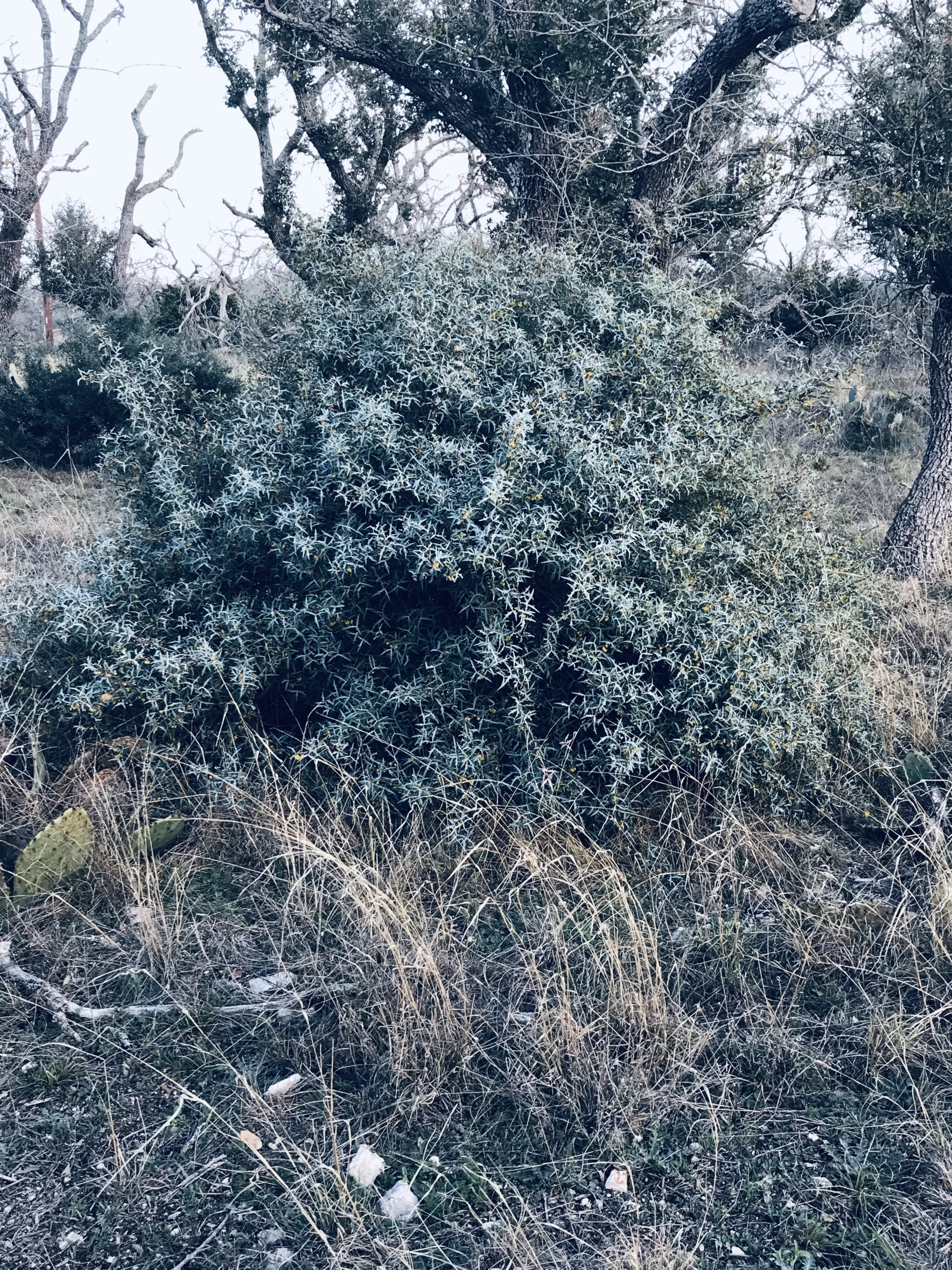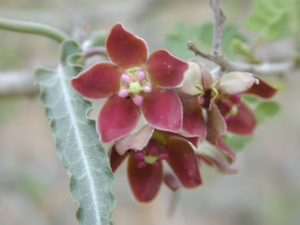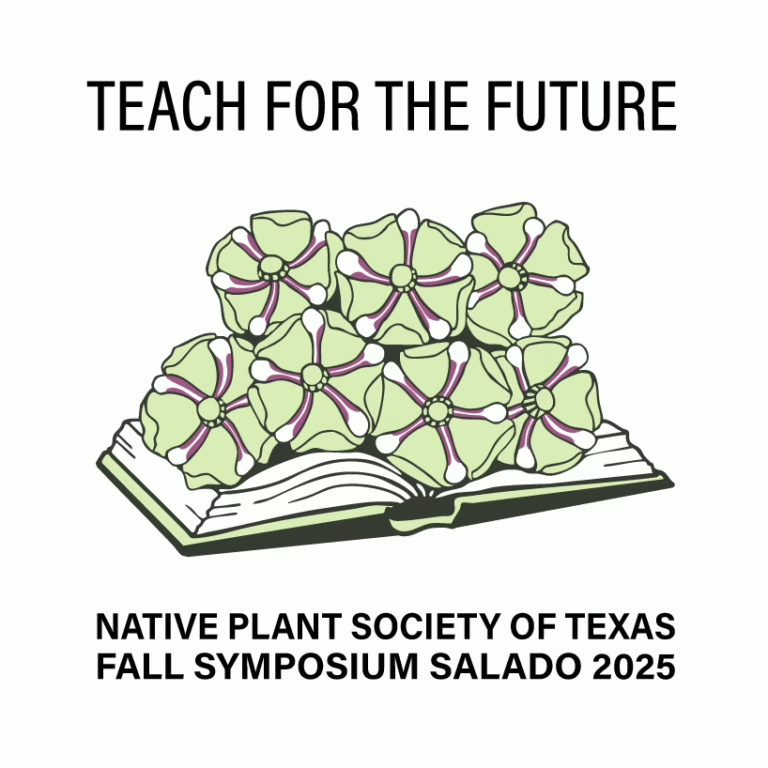The Fredericksburg chapter of the Native Plant Society of Texas meets the 4th Tuesday of each month.
6:30 greeting friends new and old
7:00 ~ This month ‘s business meeting & presentation:
If your day doesn’t quite manage in-person attendance,
Join us @ 7:00 p.m. on our YouTube channel: Fredericksburg Texas Native Gardening. Click “live” to see the scheduled meeting. Click on that meeting to join. The chat window will be open for questions during the presentation for those who have subscribed to the channel.
Please join us in exploring the heart of our native Edwards Plateau ecosystem.
Where is the Fredericksburg Chapter in the state of Texas?
If you draw an equilateral triangle with Austin and San Antonio anchoring the easternmost points.
The triangle climbs onto the Edwards Plateau, its tip touching Fredericksburg and Gillespie County. This is Hill Country!
The pink dome of Enchanted Rock rises to the north of us.
This entire area is an intricate patchwork of oak and juniper woodlands, savannas interwoven with grasslands, tree mottes and shrubs. Always native blossoms stand ready to amaze the viewer.
Ours is truly a rich and diverse natural heritage.
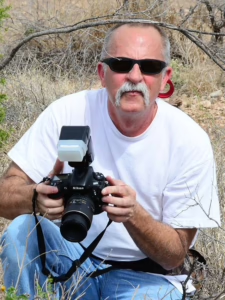
What Happened to that Plant?
It’s time to reflect on what happened in your landscape this year as you head into prime native planting season. Arlon Motsch, an avid native plant gardener, photographer, and water conservationist will share his insights about what worked, what didn’t, and look at a few plants that need more time to tell. “Learning,” he said, “has come from many local sources like NPSOT, friends, friendly neighbors, nature centers, gardening programs, and just hands-on getting it done.”
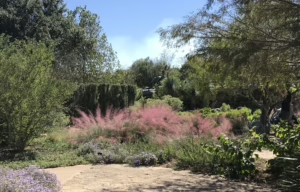
Gulf Muhly Grass, the N.I.C.E. grass that dances into Fall with a sweep of deep pink
Gulf Muhly Grass, Muhlenbergia capillaris, creates a stunning perennial grass display in the fall when delicate, feathery, rose-colored spikelets (flowers) dance in autumn breezes above slender dark green leaves. Consider mixing it with agaves and yuccas to soften a xeriscape landscape or complementing a fading summer display.
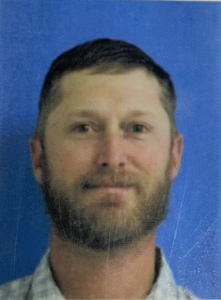
Conservation Tips: Controlling Invasives, How to Know Your Soil Type
“I’m looking forward to sharing tips on how on how to be part of the conservation solution ,” said Warren Day, USDA District Conservationist in Fredericksburg, “How to use our soil information to keep our water clean and abundant, our soils healthy, and have resilient landscapes.”
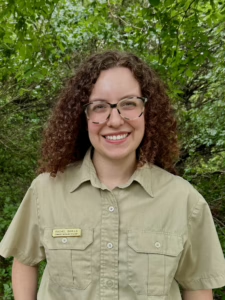
Native Tree Selection: Recommendations for Various Spaces
Have you wondered which native tree will shade your backyard, not drop leaves in the pool, and also doesn’t need a lot of water? Or wonder what to consider when picking a tree for color or to create a visual screen? Rachel Sarlls addresses these questions and others during our August meeting.
Playlist

26:52
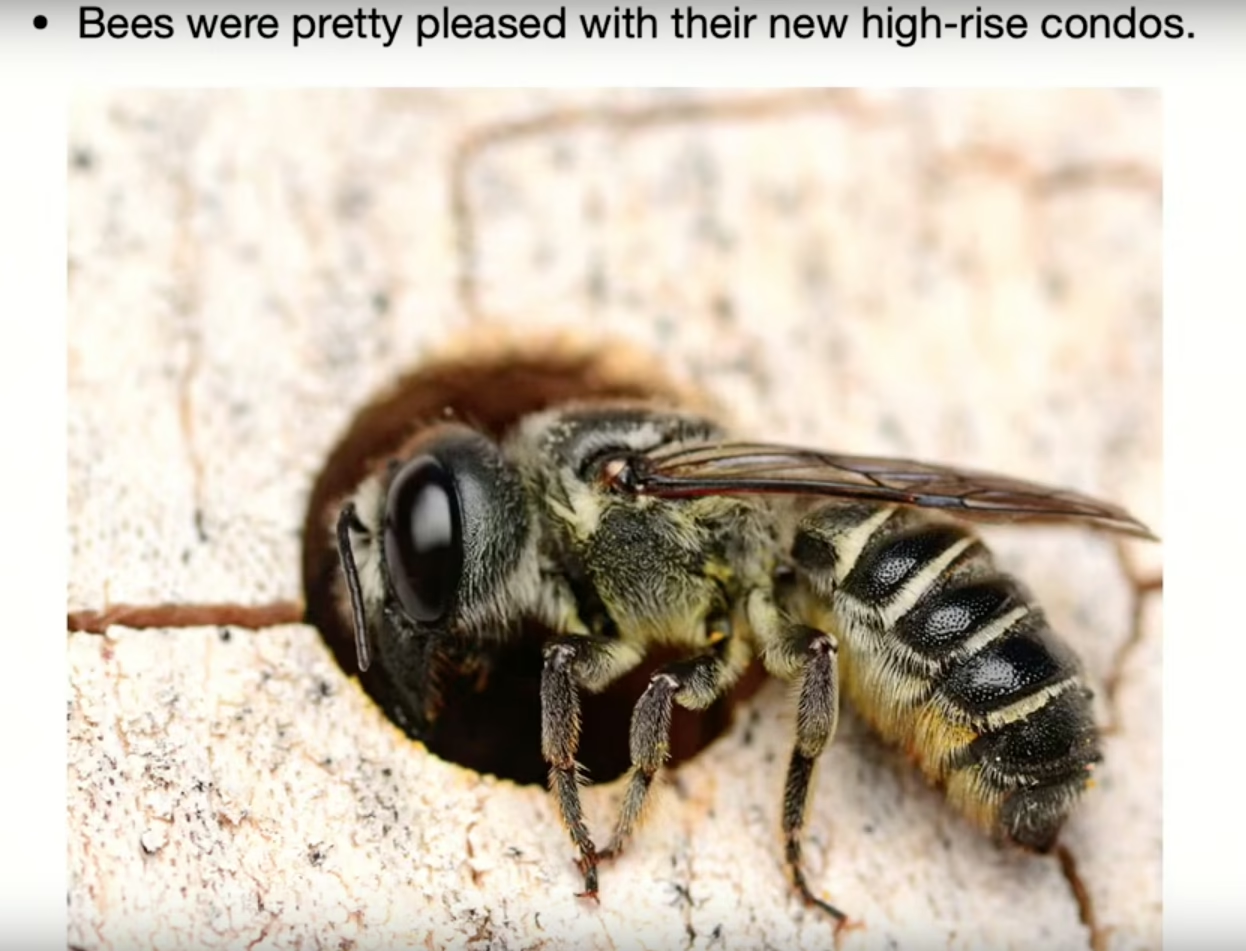
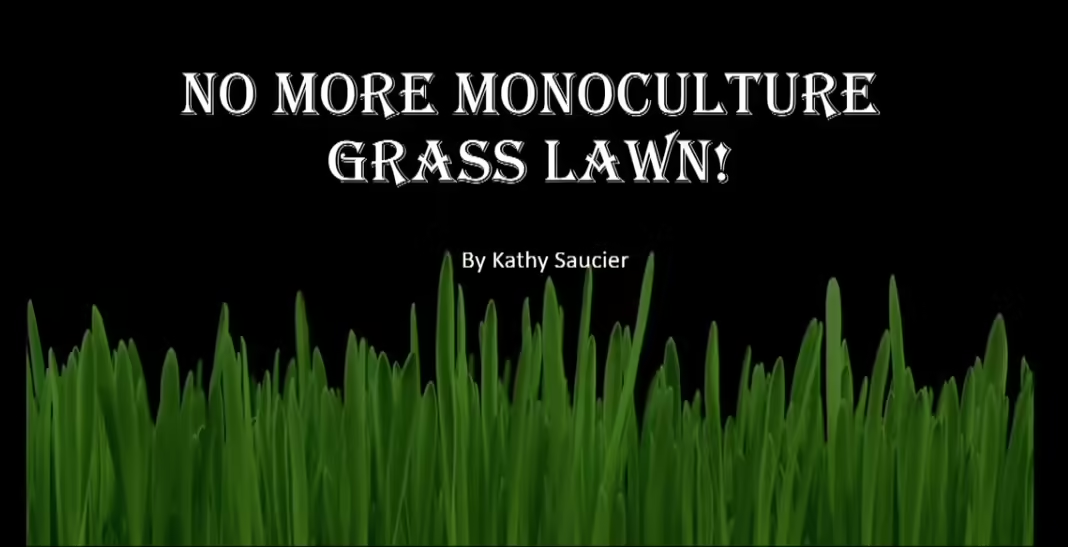
1:09
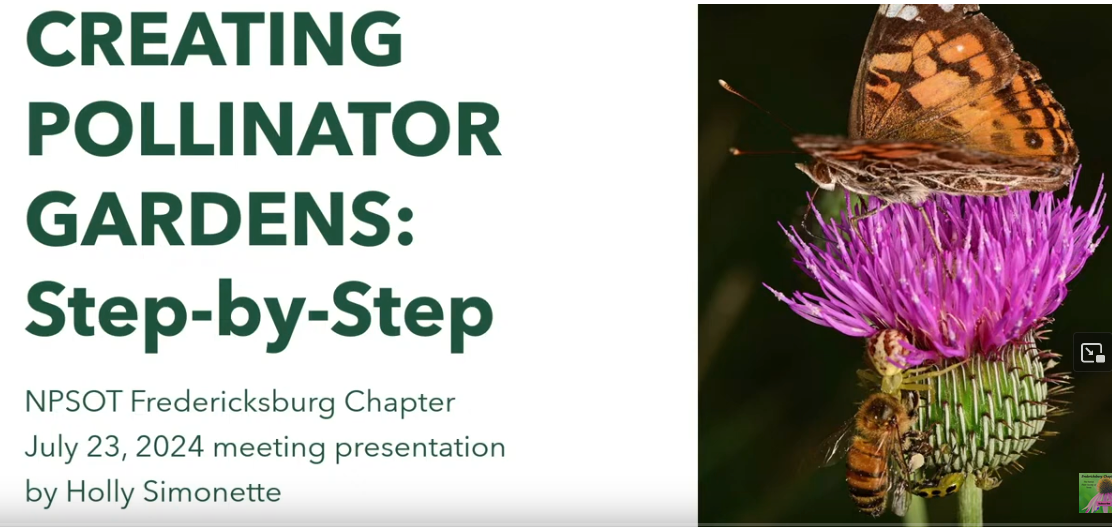
36:28
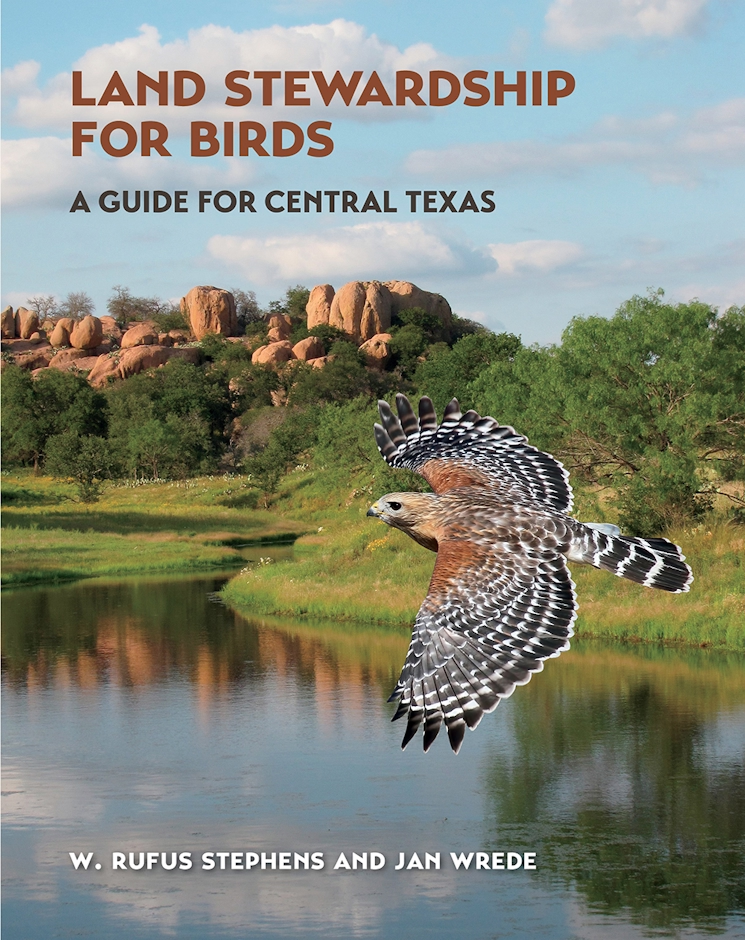
46:26

38:05
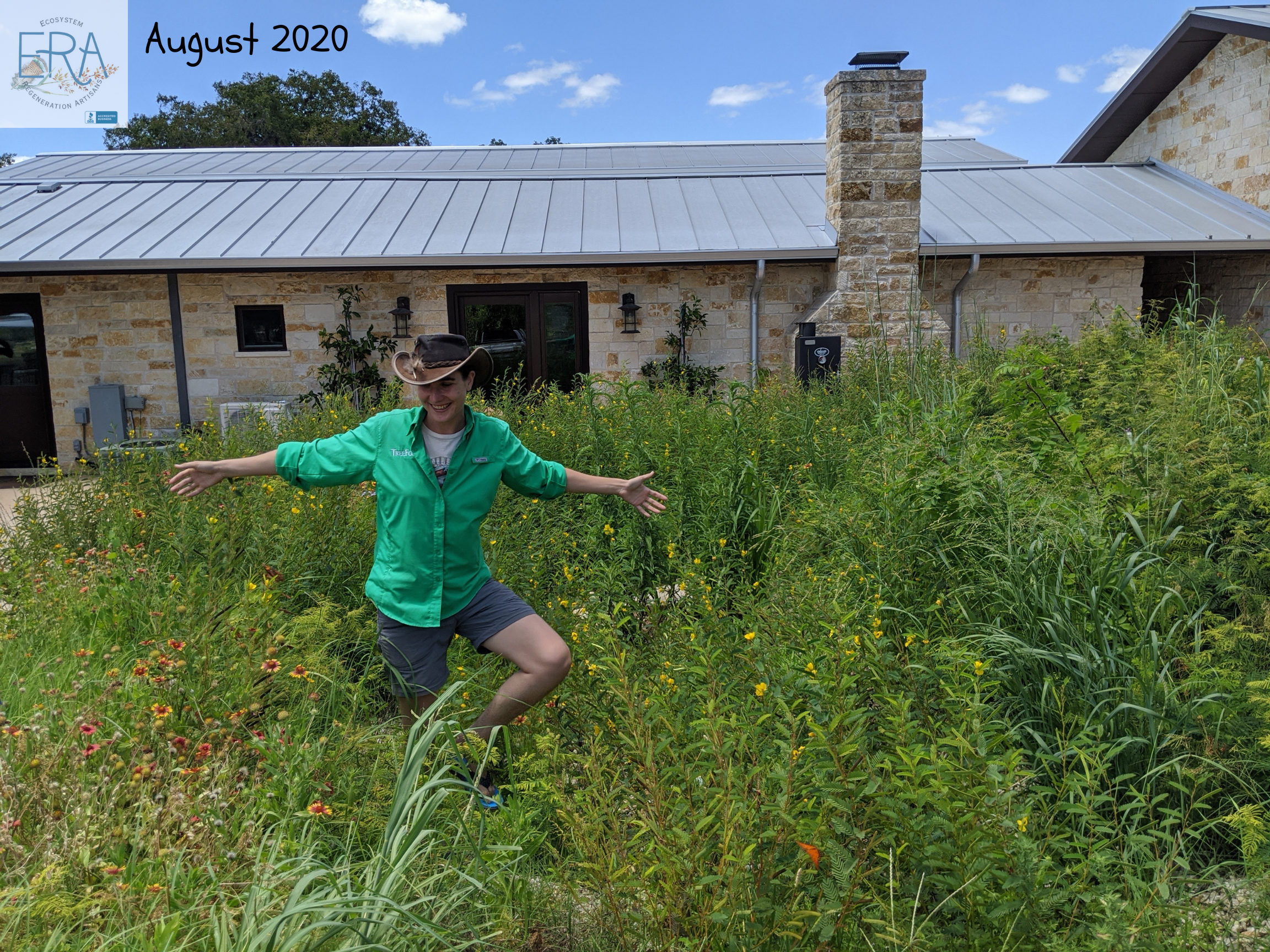

28:39

1:04:05
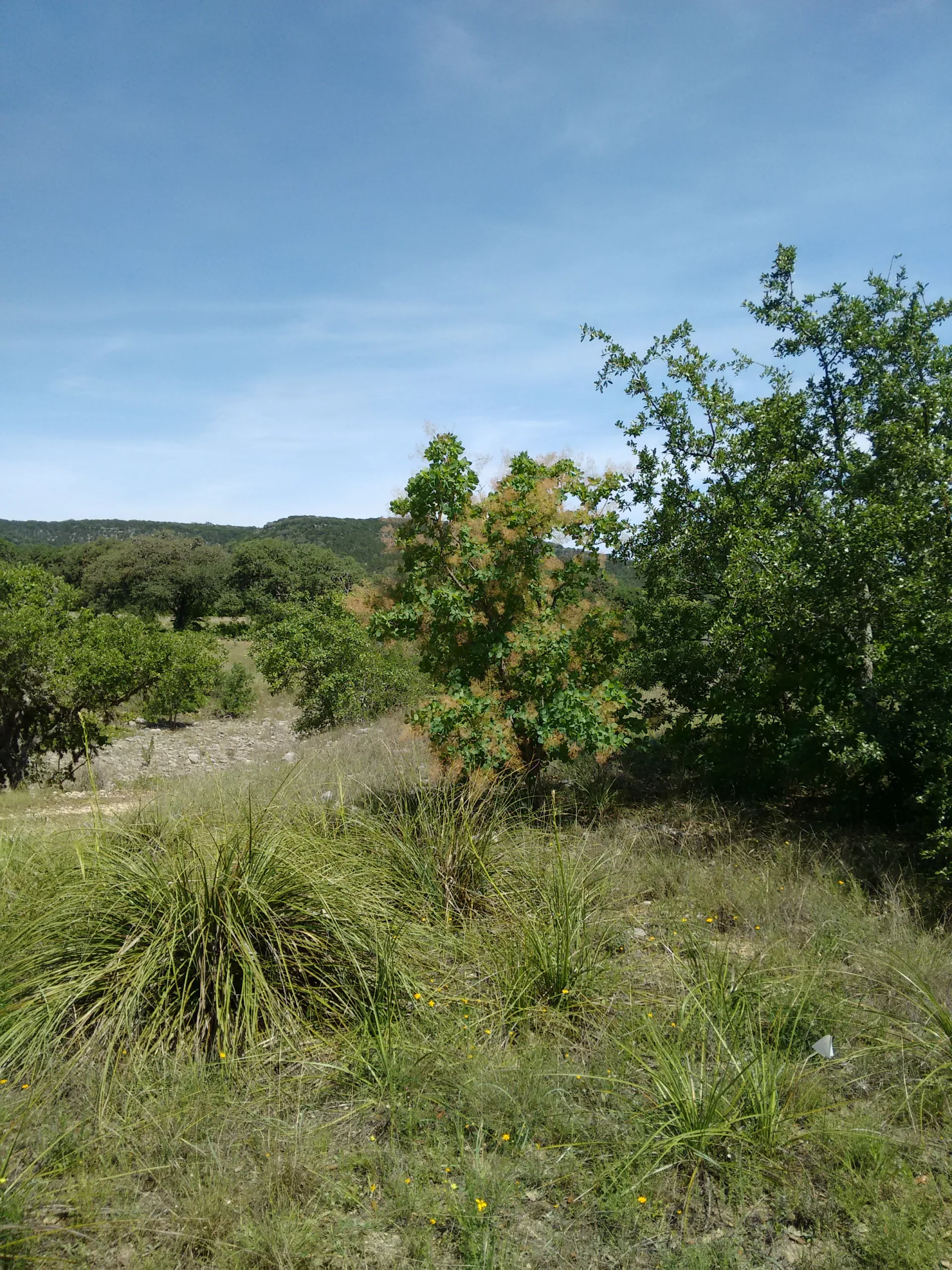
55:14
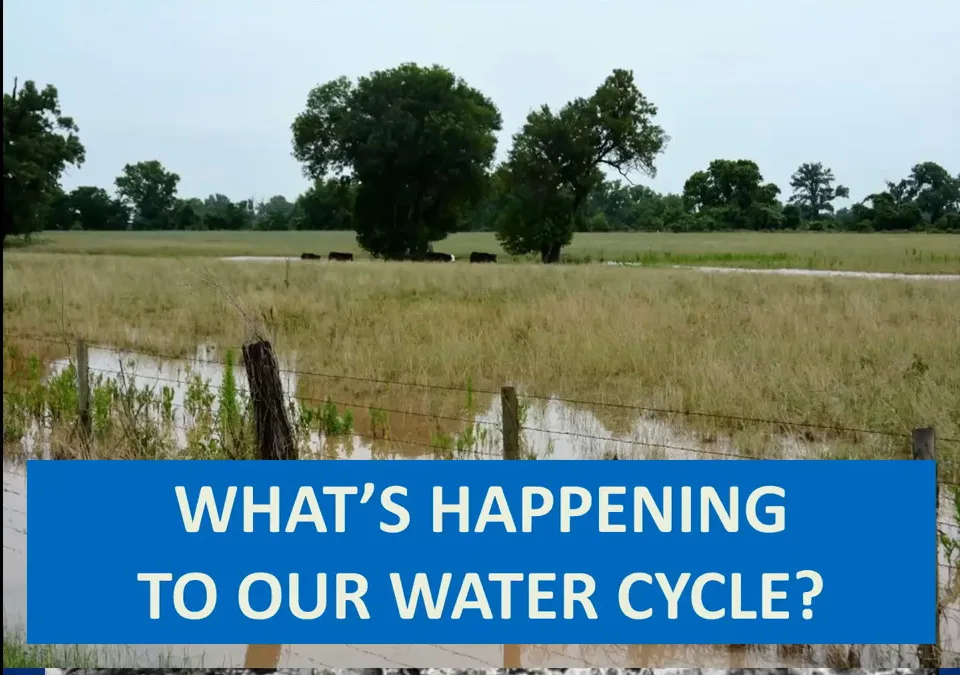
35:16
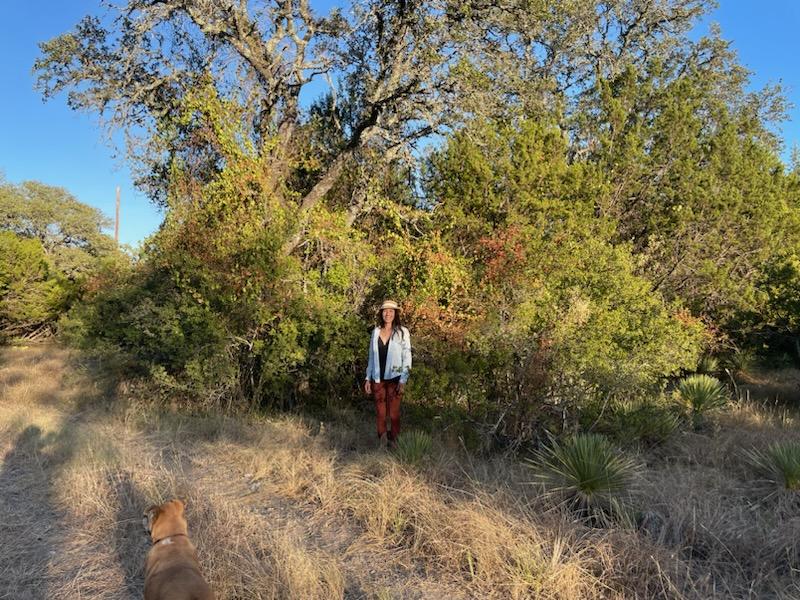
32:51
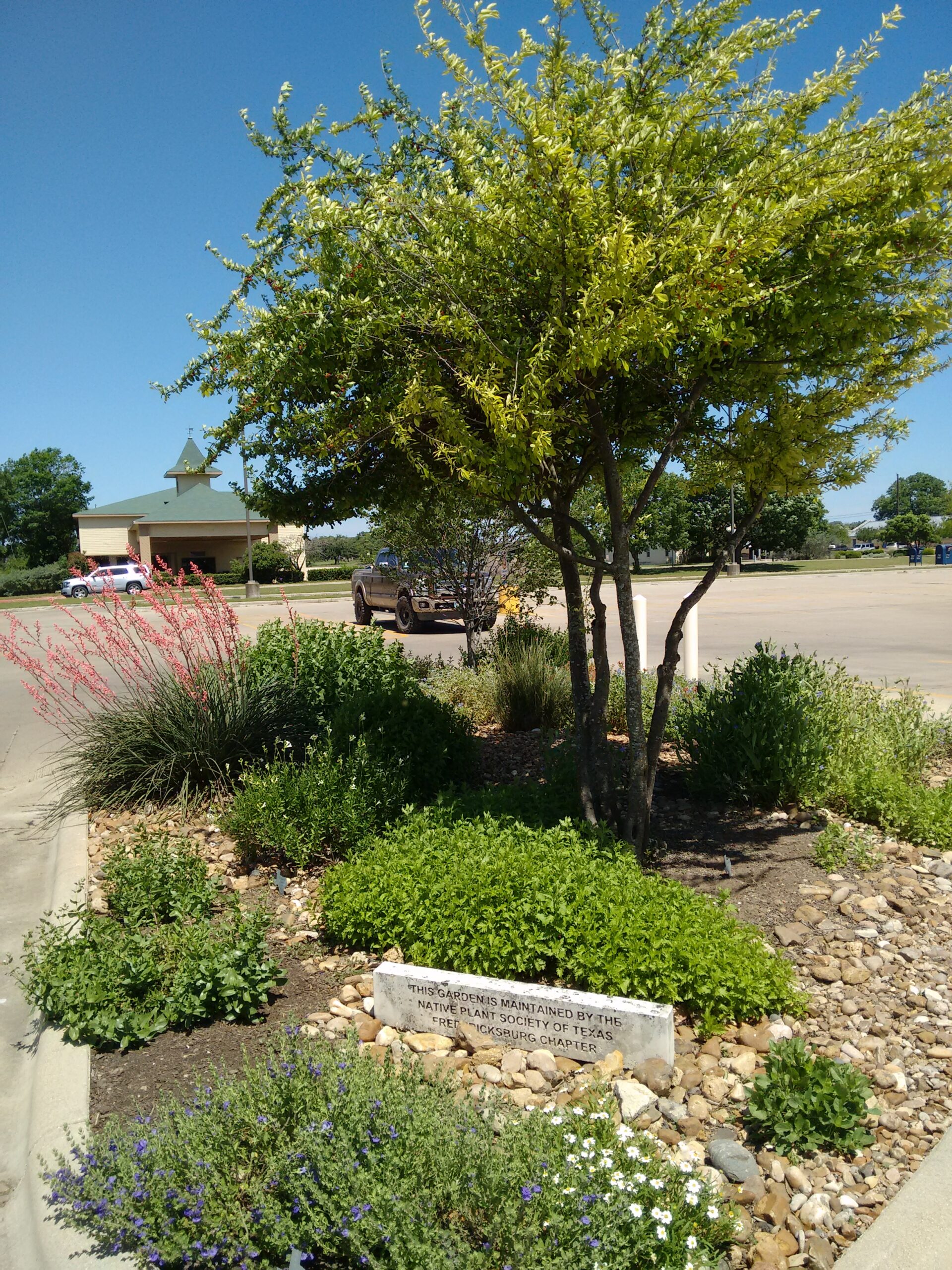
42:41

46:26
